Home>Interior Design>Guest Room Office Ideas: 10 Ways To Achieve A Smart Layout
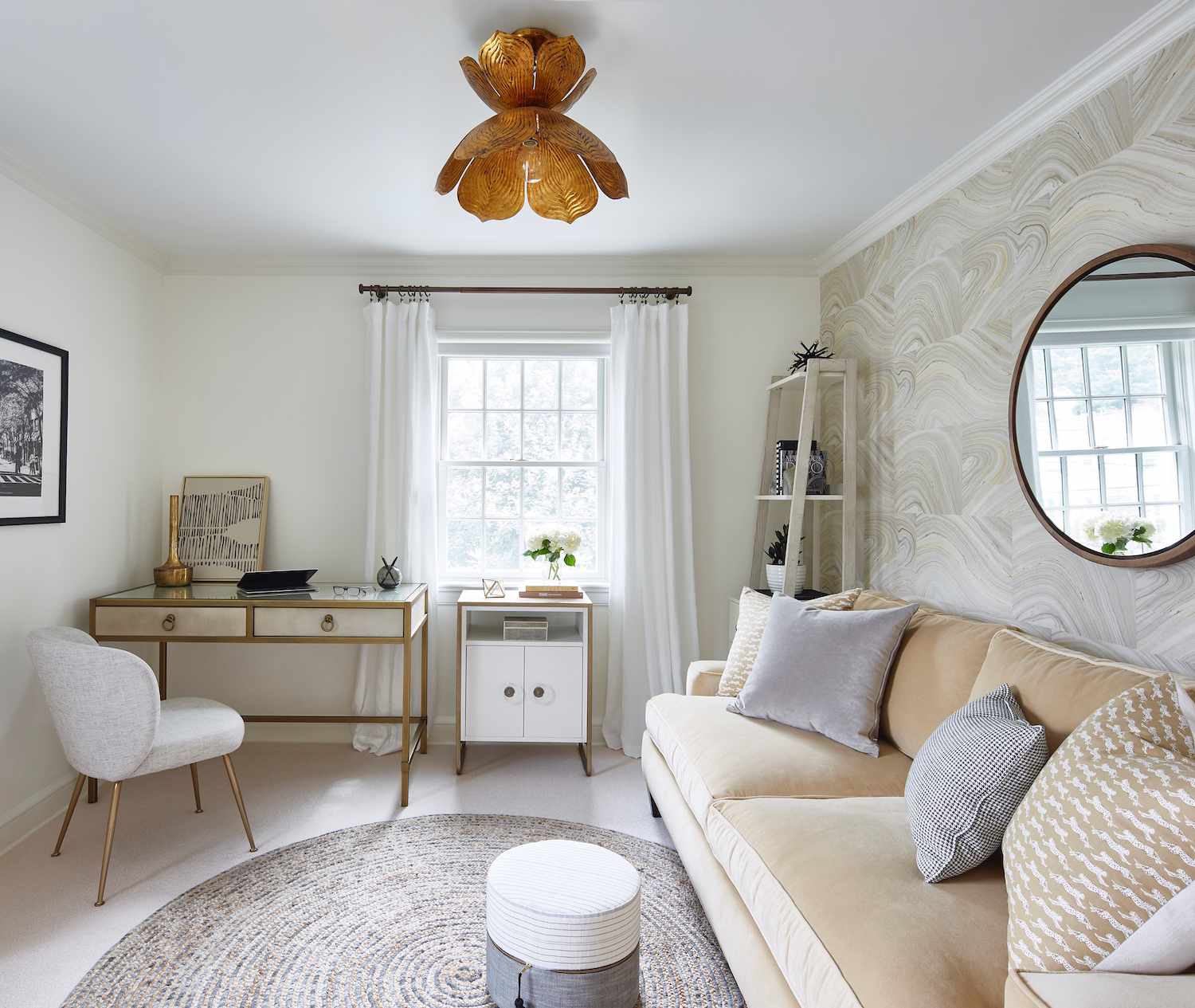

Interior Design
Guest Room Office Ideas: 10 Ways To Achieve A Smart Layout
Modified: January 8, 2024
Looking for guest room office ideas? Discover 10 smart interior design layouts to create a functional and stylish workspace in your home.
(Many of the links in this article redirect to a specific reviewed product. Your purchase of these products through affiliate links helps to generate commission for Storables.com, at no extra cost. Learn more)
Guest Room Office Ideas: 10 Ways to Achieve a Smart Layout
Working from home has become increasingly popular, and having a dedicated office space is essential for productivity. But what if you don’t have a spare room to turn into an office? Don’t worry! With the right design and furniture choices, you can easily transform your guest room into a functional and stylish home office. Here are 10 guest room office ideas to help you achieve a smart layout.
1. Dual-Purpose Furniture
One of the key elements in creating a guest room office is choosing furniture that serves a dual purpose. Look for a comfortable bed that can also double as a seating area during work hours. Opt for a daybed or a sleeper sofa that can easily be transformed into a relaxing spot for guests and a functional workspace for you.
2. Clever Storage Solutions
Maximize the available space in your guest room office by incorporating clever storage solutions. Invest in multifunctional furniture pieces that offer built-in storage compartments. Use bookshelves and floating shelves to keep your books, files, and office supplies organized and easily accessible.
3. Creating a Designated Workspace
Establishing a designated workspace is crucial for maintaining focus and productivity. Set up a desk and chair in a corner of the room, preferably near a window for natural light. This will create a dedicated area for work and help separate it from the rest of the room.
4. Optimal Desk Placement
When positioning your desk, consider the flow of the room and the available space. Avoid placing it directly in front of the door to prevent distractions. Instead, position it against a wall or in a corner to maximize the use of space and create a more organized and efficient layout.
5. Incorporating Comfortable Seating
Aside from a desk chair, it’s beneficial to include additional seating options in your guest room office. Add a cozy armchair or a small loveseat where you can take breaks and relax. This will make the space more inviting and comfortable for both work and leisure activities.
6. Balancing Aesthetics and Functionality
A guest room office should be visually appealing and reflect your personal style. Choose furniture and décor that complements the overall design of the room. Incorporate artwork, plants, and decorative accessories to make the space feel welcoming and inspiring. However, ensure that you maintain a balance between aesthetics and functionality to create a productive work environment.
7. Utilizing Vertical Space
Make the most of vertical space by installing wall-mounted shelves or a pegboard. This will help declutter your desk and create additional storage for office supplies. Hang organizers or small shelves on the wall to keep frequently used items within reach while freeing up valuable desk space.
8. Incorporating Adequate Lighting
Proper lighting is essential for a functional workspace. Take advantage of natural light by positioning your desk near a window. Install task lighting, such as a desk lamp, to provide adequate illumination for work tasks. Add ambient lighting to create a cozy atmosphere when the office is used as a guest room.
9. Adding Personal Touches
Remember to personalize your guest room office to make it a space you enjoy spending time in. Hang up inspiring artwork or display photos of loved ones. Incorporate elements that reflect your hobbies or interests to create a warm and inviting atmosphere that encourages creativity and productivity.
10. Maintaining a Clutter-Free Environment
Lastly, ensure that your guest room office remains tidy and organized. Implement a filing system, use desk organizers, and regularly declutter to maintain a productive workspace. A clutter-free environment promotes focus and reduces distractions, allowing you to work efficiently and comfortably.
With these guest room office ideas, you can create a smart layout that seamlessly combines functionality and style. Transforming your guest room into a productive workspace will not only provide you with a dedicated area for work but also offer a comfortable and inviting accommodation for your guests.
Key Takeaways:
- Transform your guest room into a functional home office with dual-purpose furniture, clever storage solutions, and designated workspaces. Create a smart layout that seamlessly combines functionality and style for a productive workspace.
- Maximize your guest room office’s potential by incorporating comfortable seating, balancing aesthetics and functionality, and utilizing vertical space. Personalize your workspace with inspiring touches while maintaining a clutter-free environment for enhanced productivity.
Dual-Purpose Furniture
In a guest room office setup, utilizing dual-purpose furniture is crucial to maximize the functionality of the space. The key is to choose pieces that can serve multiple functions, such as a bed that can double as seating during work hours.
An excellent option for this is a daybed or a sleeper sofa. These versatile pieces can easily transform from a comfortable spot for your guests to rest into a functional workspace for you. During the day, you can use the daybed as a seating area to brainstorm ideas or take a break. When it’s time for guests to arrive, simply add some throw pillows and transform it back into a cozy bed.
Another option is a futon, which can serve as a comfortable seating area during the day and a bed at night. This type of furniture is ideal for smaller spaces as it provides an additional seating option without taking up much room.
If you prefer a more traditional bed setup, consider investing in a Murphy bed. These beds fold up into the wall when not in use, freeing up floor space for your office area. Murphy beds are available in various sizes and designs, making them a versatile choice that can blend seamlessly with your overall room design.
Additionally, you can choose a desk that can be easily folded and stored when not in use. This allows you to quickly transform the room into a guest space without compromising on the functionality of your office area.
When selecting dual-purpose furniture, keep in mind the overall style and design of the room. Opt for pieces that are not only functional but also aesthetically pleasing. This will ensure that your guest room office maintains a cohesive and inviting atmosphere.
By incorporating dual-purpose furniture, you can create a guest room office that efficiently utilizes the available space while providing both you and your guests with comfortable and practical solutions.
Clever Storage Solutions
When it comes to designing a guest room office, clever storage solutions are essential to keep the space organized and maximize efficiency. As you are combining a workspace with guest accommodations, it’s crucial to find storage options that are both practical and stylish.
One of the most effective ways to create storage in a guest room office is by investing in multifunctional furniture. Look for beds or desks that have built-in drawers or shelves. This allows you to store office supplies, files, and other essentials within easy reach while keeping the room clutter-free.
Another smart storage solution is to use bookshelves or floating shelves to keep your books, files, and decorative items organized. Optimize wall space by installing vertical shelves and utilizing them for both storage and display purposes.
Consider utilizing under-bed storage as well. Choose beds that have ample space underneath, and use storage bins or boxes to store items such as linens, extra office supplies, or seasonal clothing.
Additionally, think vertically when it comes to storage. Install wall-mounted organizers or pegboards to hang frequently used items such as stationery, scissors, and other office supplies. This keeps your desk surface clear and reduces visual clutter.
Labeling storage containers and using clear bins can also help you stay organized and easily locate items when needed. Opt for attractive baskets or bins that can be easily incorporated into the room’s décor, creating a cohesive and stylish look.
Lastly, make use of any unused or awkward spaces in the room. For example, install shelves above the desk, utilize the space behind the door with an over-the-door organizer, or invest in a storage ottoman that can double as seating and provide hidden storage.
Remember, efficient storage solutions are essential for creating a functional and organized guest room office. By incorporating clever storage options, you can ensure that the space remains tidy and clutter-free, promoting a productive and stress-free work environment.
Creating a Designated Workspace
In a guest room office setup, it’s important to create a designated workspace that allows you to focus and be productive. By establishing a dedicated area for work, you can separate your office space from the rest of the room, making it easier to transition between work and relaxation.
When choosing a location for your workspace, consider the flow of the room and the available space. Look for a corner or area that offers privacy and minimal distractions. Placing your desk near a window can also be beneficial, as it provides natural light and a view that can boost productivity and mood.
Once you’ve identified the ideal location, it’s time to choose the right desk for your needs. Consider the size and style that suits your space and work requirements. If you need ample surface area for your computer, files, and other essentials, opt for a larger desk. However, if you have limited space, a compact desk with sufficient storage options can be a practical choice.
Invest in a high-quality ergonomic chair that provides comfort and support during long work hours. Proper seating is crucial to maintain good posture and prevent any discomfort or health issues. Consider adjustable chairs that allow you to customize the height and position to suit your comfort level.
Create a designated workspace with the right equipment and tools for your work. Make sure you have proper lighting, whether it’s natural light from a window or a desk lamp. Good lighting reduces eye strain and enhances focus.
Organize your workspace to keep everything within reach. Use desktop organizers or trays to store pens, notebooks, and other frequently used items. Keep cables and cords organized and out of the way to maintain a tidy and efficient space.
Personalize your workspace with decor and items that inspire you. Hang up a bulletin board or a whiteboard to keep track of important tasks or display motivating quotes. Add a few plants or pictures to create a pleasant and inviting atmosphere.
Lastly, establish boundaries and set specific work hours in your guest room office. This will help you maintain a healthy work-life balance and ensure that your workspace remains dedicated to productivity. Communicate these boundaries with your family members or housemates to minimize interruptions.
By creating a designated workspace in your guest room office, you can establish clear boundaries between work and leisure. This will enhance your focus, productivity, and overall work experience in the comfort of your own home.
Optimal Desk Placement
The placement of your desk in a guest room office is crucial for creating an efficient and comfortable workspace. By strategically positioning your desk, you can maximize the use of space and create a layout that promotes productivity.
When considering the placement of your desk, take into account the flow of the room and the available space. It’s important to position your desk in a way that minimizes distractions and allows for easy movement within the room.
Avoid placing your desk directly in front of the door. This can create a visual obstruction and make the room feel cramped. Instead, consider placing the desk against a wall or in a corner. This allows for better use of space and provides a clear pathway for entering and exiting the room.
If possible, position your desk near a window. Natural light not only brightens up the space but also provides numerous benefits, such as improved mood and increased productivity. Moreover, having a view to look at during breaks can be refreshing and help reduce eye strain.
Consider the layout of the room when deciding on the desk placement. If you have a large guest room, you can position the desk in the center of the room to create a more open and airy feel. On the other hand, if space is limited, placing your desk against a wall or in a corner can help optimize the available area.
Think about the functionality of the layout as well. Place your desk in a way that provides easy access to outlets for your computer and other electronics. Make sure there’s enough space for any additional equipment you may need, such as a printer or a second monitor.
Keep in mind the ergonomics of your workspace. Ensure that your desk is at a comfortable height and that your chair allows for proper posture. It’s important to have enough legroom and to position your keyboard and monitor at eye level to prevent strain on your neck and back.
Incorporate storage solutions near your desk to keep essential items within reach. This can be in the form of shelves, drawers, or desktop organizers. Having a clutter-free and organized workspace helps maintain focus and reduces distractions.
Lastly, consider the overall aesthetic of the room when deciding on the desk placement. Ensure that the desk coordinates well with the other furniture and décor in the guest room, creating a cohesive and visually pleasing environment.
By carefully considering the optimal desk placement in your guest room office, you can create a functional and ergonomic workspace that maximizes productivity and enhances your overall work experience.
Incorporating Comfortable Seating
In a guest room office setup, it’s important to incorporate comfortable seating options to create a space that is not only functional but also inviting and relaxing. Having comfortable seating in your guest room office allows you to take breaks, brainstorm ideas, or have informal meetings in a cozy and comfortable environment.
One of the primary seating options to consider is a comfortable desk chair. Choose an ergonomic chair that provides proper support for your posture and allows you to work for extended periods without discomfort. Look for chairs with adjustable features, such as height and armrests, to cater to your specific needs and preferences.
Aside from a desk chair, consider including additional seating options in your guest room office. This can be in the form of a cozy armchair, a small loveseat, or even a bean bag chair. These alternative seating choices provide spots where you can relax, read, or have casual conversations.
When selecting seating, prioritize comfort without sacrificing style. Look for plush cushions and durable upholstery materials that align with the room’s overall design aesthetic. Consider colors and patterns that complement the rest of the space, making it visually appealing and harmonious.
Position the additional seating strategically within the room. Place an armchair or a loveseat near a window to create a cozy reading nook or a spot for relaxation and reflection. Consider the flow of the room and ensure that the seating does not obstruct other areas or impede movement.
Layering different seating options can add depth and versatility to the space. For example, you can place an armchair next to a small side table, creating a mini lounge area where you can enjoy a cup of coffee or read a book during breaks.
Incorporate soft textiles and cushions to enhance the comfort level of the seating. Toss pillows and throws in coordinating colors and patterns to add warmth and personality to the space. Consider using different textures to create visual interest and a welcoming ambiance.
Keep in mind the scale and proportions of the room when selecting seating. In smaller guest room offices, choose smaller-scale furniture to avoid overwhelming the space. If you have more space to work with, you can opt for larger seating options or even create a conversation area with multiple chairs.
Ultimately, incorporating comfortable seating in your guest room office enhances the functionality and enjoyment of the space. By creating an inviting and cozy atmosphere, you can make your workspace more versatile and accommodating for both work and relaxation.
Balancing Aesthetics and Functionality
When designing a guest room office, it’s important to strike a balance between aesthetics and functionality. The space should not only be visually appealing but also conducive to productivity and practicality. Finding the perfect harmony between these two elements will create a guest room office that is both inspiring and efficient.
Start by considering the overall style and design aesthetic you want to achieve in the room. The guest room office should seamlessly blend with the rest of the room, maintaining a cohesive and harmonious look. Choose furniture, colors, and decorative elements that complement each other and create a visually pleasing space.
Opt for furniture pieces that not only serve their functional purpose but also add to the overall aesthetic appeal. Look for desks, chairs, and storage solutions that have a modern or classic design that resonates with your personal style. Incorporate materials and finishes that complement the existing décor, whether it’s wood, metal, glass, or a combination of materials.
Consider the color palette of the room and choose furniture and accessories that complement or contrast with the existing colors. This can be achieved through upholstery, finishes, or decorative accents. Use pops of color in decor items such as throw pillows, rugs, or artwork to add visual interest and make the space more inviting.
While aesthetics are important, functionality should not be compromised. Prioritize furniture and storage solutions that meet your specific work needs. Invest in a desk that offers sufficient surface area for your computer, paperwork, and other essentials. Choose office chairs that are ergonomically designed for long hours of work. Maximize your storage options to keep the space organized and clutter-free.
As you select decorative accents and accessories, choose items that are both visually appealing and serve a functional purpose. Incorporate task lighting to ensure adequate illumination for work activities. Add storage baskets or decorative boxes that can be used to store office supplies or miscellaneous items.
Integrate personal touches into the room to make it feel more inviting and reflective of your personality. Hang up artwork that inspires you or brings you joy. Display cherished items or mementos that create a sense of connection and motivation. These personal touches can enhance the aesthetic appeal while adding a unique and meaningful touch to your guest room office.
Keep in mind that balance is key when it comes to balancing aesthetics and functionality. Avoid overcrowding the room with unnecessary decorations or furniture pieces that hinder movement and functionality. Each item should have a purpose and contribute to the overall aesthetic while enhancing productivity in the workspace.
By successfully balancing aesthetics and functionality in your guest room office, you can create an inspiring and efficient space that reflects your personal style while fostering productivity and focus.
Utilizing Vertical Space
When designing a guest room office, it’s important to make the most of every inch of available space. One effective way to maximize the functionality of the room is by utilizing vertical space. By thinking vertically, you can add storage, display options, and organization solutions that not only optimize the use of space but also enhance the overall aesthetic of the room.
One of the simplest ways to utilize vertical space is by installing wall-mounted shelves. These shelves not only provide additional storage but also serve as a decorative element in the room. You can use them to display books, decorative items, or office supplies. Consider using floating shelves for a modern and minimalist look, or opt for traditional wall-mounted shelves for a more classic and timeless style.
Another option for vertical storage is to install a pegboard on the wall. A pegboard allows you to hang and organize frequently used items such as scissors, staplers, and writing utensils. It’s a versatile and customizable solution that keeps everything within reach and free up desk space. You can also attach bins or small shelves to the pegboard for added storage options.
Don’t forget about the space above your desk. Utilize this vertical area by hanging a corkboard or a whiteboard for notes, reminders, and brainstorming ideas. You can also mount a calendar or a vision board to keep track of deadlines and goals.
Consider using storage solutions that take advantage of the vertical space in your guest room office. For instance, choose bookshelves that extend from the floor to the ceiling to maximize storage capacity. This approach not only offers ample space for books but also allows you to display decorative items and organize office supplies.
If the ceiling height allows, you can install overhead storage compartments or shelves. These provide a convenient way to store items that are not frequently used but are still within reach when needed. They can be particularly useful for storing archival files, reference materials, or items that are not aesthetically pleasing to be displayed.
Another clever way to utilize vertical space is by incorporating hanging organizers or hooks on the walls or behind doors. These can be used to hang coats, bags, or other items, freeing up valuable floor and desk space.
When utilizing vertical space, remember to keep the overall aesthetics in mind. Incorporate decorative elements such as artwork, plants, or decorative storage containers to create an appealing and visually pleasing look. Ensure that the vertical storage solutions blend seamlessly with the rest of the room’s design and contribute to the overall aesthetic appeal.
By utilizing vertical space in your guest room office, you can make the most of the available square footage while adding functional storage and organizational solutions. This not only optimizes the functionality of the room but also creates a visually appealing and efficient workspace.
Incorporating Adequate Lighting
Lighting plays a crucial role in creating a functional and comfortable workspace in your guest room office. Adequate lighting not only improves visibility but also enhances your mood, productivity, and overall well-being. When designing your guest room office, it’s important to incorporate various lighting sources to ensure optimal lighting conditions throughout the day.
First and foremost, take advantage of natural light. Position your desk near a window to let in as much natural light as possible. Natural light provides numerous benefits, including improved focus, reduced eye strain, and a boost in energy levels. Arrange your desk and chair in a way that allows you to take advantage of the natural light without creating distracting glares on your computer screen.
In addition to natural light, you’ll need task lighting for specific work activities. A desk lamp is an essential component of a guest room office. Choose a lamp that provides sufficient brightness and can be adjusted to suit your needs. Consider a desk lamp with adjustable arms or dimming features to customize the level of light in your workspace.
Ambient lighting is equally important for creating a pleasant and inviting atmosphere in your guest room office. Install overhead lighting fixtures, such as pendant lights or flush-mount ceiling lights, that provide diffused and even lighting throughout the room. This ambient lighting helps create a warm and well-lit environment, especially during darker hours of the day or in spaces without much natural light.
Consider adding accent lighting to highlight specific areas or objects in your guest room office. This can be achieved by incorporating LED strip lights under shelves or behind your desk to create an ambient glow. You can also use small, portable accent lamps to illuminate artwork, plants, or decorative objects.
Don’t forget about the importance of adjustable lighting. Having the ability to control and adjust the intensity of your lighting sources is essential for creating the right atmosphere for various tasks. Install dimmer switches or use smart bulbs that can be controlled through your smartphone or a voice assistant, such as Alexa or Google Assistant.
When designing your lighting plan, consider the color temperature of the bulbs. Cooler temperature bulbs (around 5000K) mimic daylight and are ideal for increasing focus and productivity. Warmer temperature bulbs (around 2700K to 3000K) create a cozy and welcoming ambiance. Combining both cool and warm lighting sources can provide a well-balanced and versatile lighting scheme in your guest room office.
Finally, give some thought to your window treatments. Use light and breezy curtains or blinds that allow natural light to pass through while still providing privacy and glare control when needed. This ensures that your workspace receives ample natural light without compromising your ability to work comfortably.
By incorporating various lighting sources and considering their placement and color temperature, you can create a well-lit and inviting atmosphere in your guest room office. The right combination of natural light, task lighting, and ambient lighting will enhance your working experience and contribute to a more productive and enjoyable workspace.
Adding Personal Touches
When designing your guest room office, adding personal touches helps create a space that feels uniquely yours. Infusing your personality and interests into the room not only makes it more inviting but also enhances your productivity and well-being. Here are some ideas for adding personal touches to your guest room office.
1. Wall Decor: Hang up artwork, posters, or photographs that inspire you or reflect your interests. Choose pieces that resonate with your personal style and enhance the overall aesthetic of the room. Whether it’s abstract art, motivational quotes, or family photos, these visual elements can bring a sense of joy and connection to your workspace.
2. Plants: Incorporate indoor plants to add a touch of nature and freshness to your guest room office. Plants not only improve air quality, but they also have a calming effect and can increase your overall well-being. Choose low-maintenance plants that thrive indoors, such as succulents or pothos, and place them on your desk or in decorative planters around the room.
3. Sentimental Items: Display sentimental items or mementos that hold personal meaning for you. It could be a souvenir from a memorable trip, a gift from a loved one, or a treasured item that represents an achievement. These objects can serve as reminders of your accomplishments and provide inspiration during your work hours.
4. Inspirational Board: Create an inspirational or vision board near your workspace. Pin up images, quotes, or words that motivate and inspire you. This board serves as a visual reminder of your goals, dreams, or aspirations, helping you stay focused and motivated throughout the day.
5. Color Palette: Incorporate your favorite colors into the room’s color palette. Whether it’s through your choice of furniture, accessories, or wall paint, the colors that resonate with you will bring a sense of comfort and personal touch to your guest room office. Choose colors that promote productivity and relaxation, such as calming blues or energizing yellows.
6. Desk Accessories: Select desk accessories that reflect your style and personality. Use decorative pen holders, desk organizers, or unique desk clocks that showcase your taste and preferences. These small details can make your workspace feel more personalized and enjoyable to work in.
7. Music or Soundscapes: Integrate music or soothing soundscapes into your workspace. Choose background music that helps you focus and improve your concentration. Alternatively, play nature sounds, ambient noise, or instrumental tracks that create a peaceful and calm atmosphere in your guest room office.
8. Personal Library: Build a small bookshelf or designate a space for your favorite books. Display books that are not only work-related but also align with your personal interests. Having these resources nearby can provide a source of inspiration and relaxation during breaks.
Remember that personal touches should reflect your own unique style and preferences. By incorporating these elements into your guest room office, you create a space that truly feels like your own and enhances your overall working experience.
Maintaining a Clutter-Free Environment
Maintaining a clutter-free environment in your guest room office is vital for creating a space that promotes productivity, focus, and a sense of calm. A clean and organized workspace allows you to work efficiently and reduces distractions. Here are some tips to help you maintain a clutter-free environment.
1. Declutter Regularly: Make decluttering a regular habit in your guest room office. Set aside time each week or month to go through your workspace and remove any unnecessary items. Get rid of old paperwork, expired materials, or items that no longer serve a purpose. The less clutter you have, the easier it will be to maintain an organized space.
2. Implement a Filing System: Utilize a filing system to keep important documents and paperwork organized. Sort them into categories such as invoices, contracts, or client information. Use labeled files, folders, or filing cabinets to create a well-organized system that is easy to access when needed.
3. Optimize Storage Solutions: Assess your storage needs and invest in appropriate storage solutions. This may include filing cabinets, shelves, drawers, or bins. Use these storage options to keep office supplies, paperwork, and other essentials neatly organized and easily accessible. Avoid piling items on your desk or leaving them scattered around the room.
4. Develop a Paper Management System: Paper clutter can quickly accumulate in a workspace. Implement a paper management system to keep it under control. Designate specific areas for incoming and outgoing mail, important documents, and pending tasks. Set up a paper shredder or recycling bin nearby to dispose of unwanted or unnecessary paperwork promptly.
5. Clear Your Desk Daily: Before finishing your workday, take a few minutes to clear your desk. File away paperwork, put away office supplies, and organize any loose items. Return items to their designated places to ensure that your desk is clean and ready for the next day’s work. Clearing your desk at the end of each day helps start the next workday with a fresh and clutter-free mindset.
6. Use Desk Organizers: Use desktop organizers to keep small items, such as pens, sticky notes, and paper clips, in one place. This reduces visual clutter and helps you locate items quickly when needed. Invest in desk trays, pencil holders, and cable organizers to maintain a tidy and efficient workspace.
7. Label and Categorize: Label storage containers and categorize items to streamline organization. Use clear containers or bins and label them accordingly. This makes it easier to find what you need and prevents items from becoming lost or misplaced.
8. Minimize Digital Clutter: Digital clutter can be just as overwhelming as physical clutter. Take the time to declutter your digital files, delete unnecessary documents, and organize your digital folders. Create a logical folder structure and consistently name files for easy retrieval. Regularly empty your email inbox and unsubscribe from irrelevant newsletters or mailing lists.
9. Regular Cleaning: Incorporate regular cleaning into your routine to keep your guest room office clean and dust-free. Wipe down surfaces, dust shelves, and vacuum or sweep the floor regularly. A clean environment enhances focus and creates a more pleasant and inviting workspace.
10. Adopt a “One In, One Out” Policy: To prevent clutter from building up over time, adopt a “one in, one out” policy. For every new item you bring into your guest room office, remove an old or unnecessary item. This helps maintain a balanced and clutter-free environment.
By implementing these strategies, you can maintain a clutter-free environment in your guest room office. Embrace the habit of decluttering, optimize storage solutions, and establish organizational systems to create a clean, organized, and productive workspace.
Frequently Asked Questions about Guest Room Office Ideas: 10 Ways To Achieve A Smart Layout
Was this page helpful?
At Storables.com, we guarantee accurate and reliable information. Our content, validated by Expert Board Contributors, is crafted following stringent Editorial Policies. We're committed to providing you with well-researched, expert-backed insights for all your informational needs.
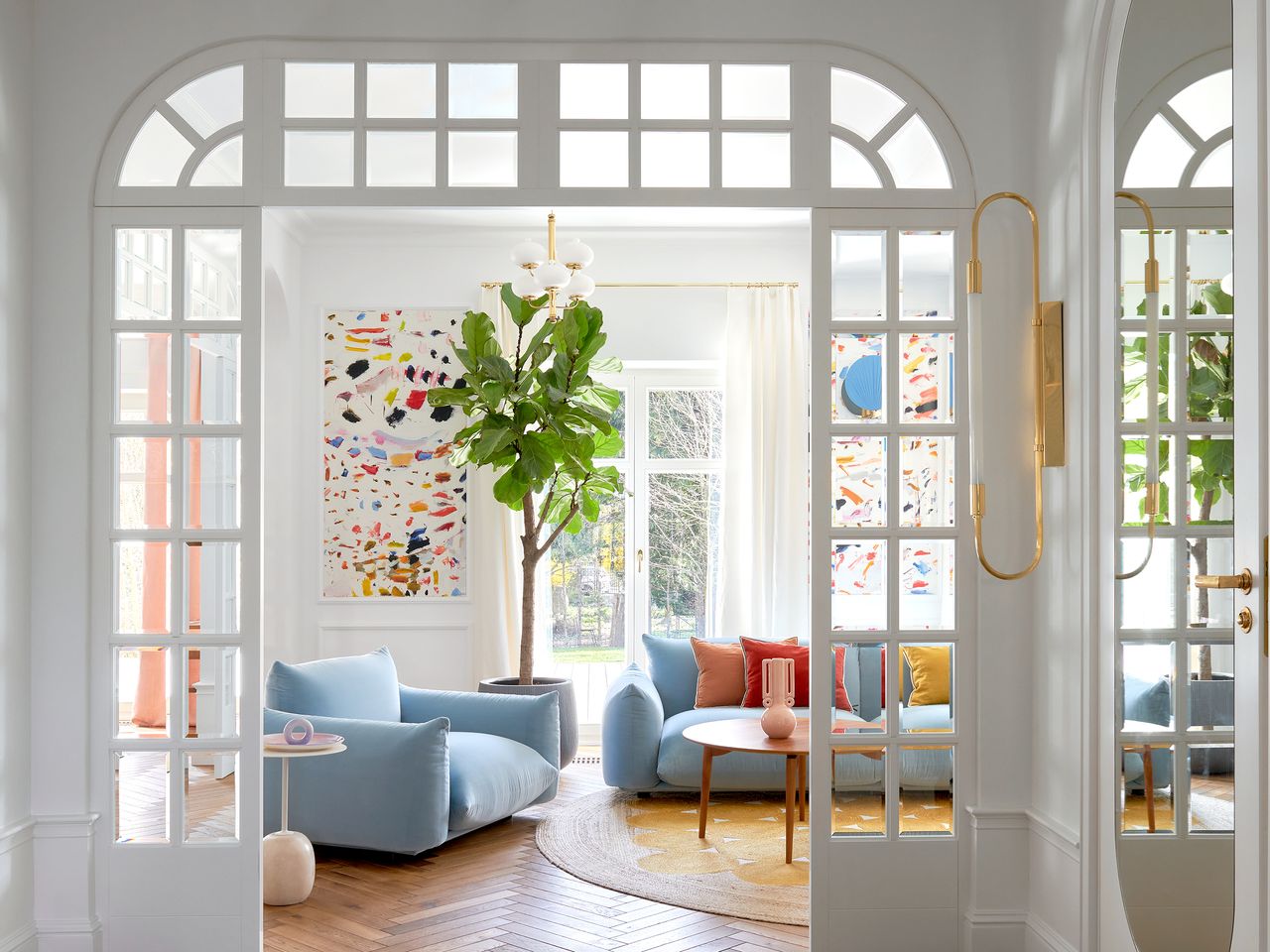
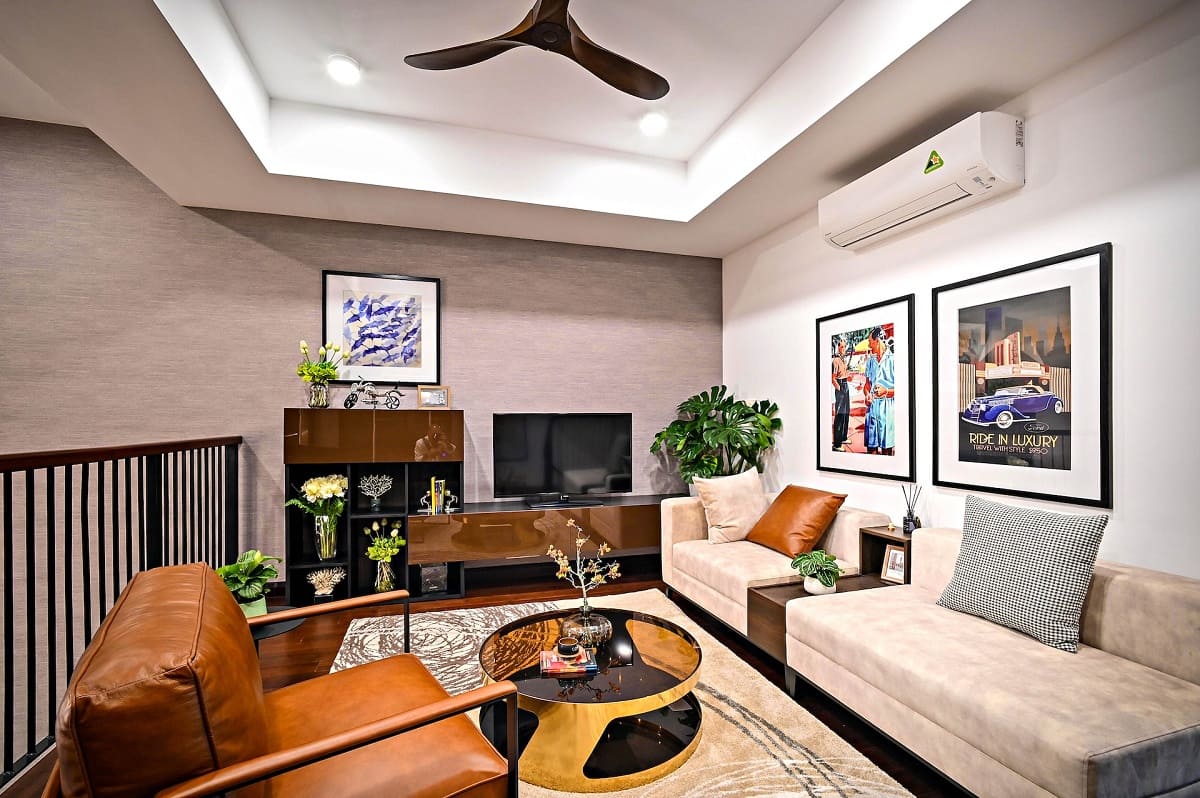
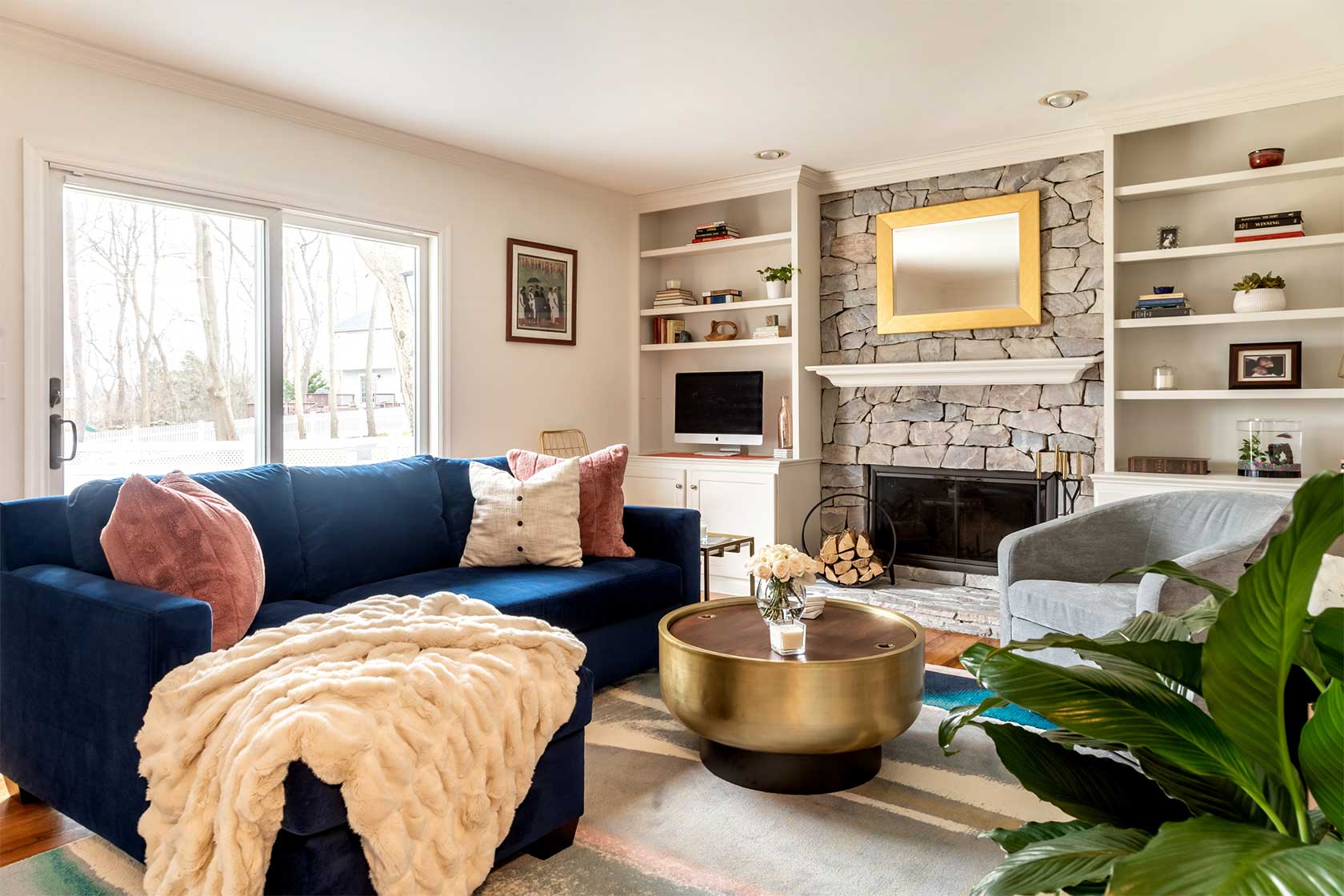
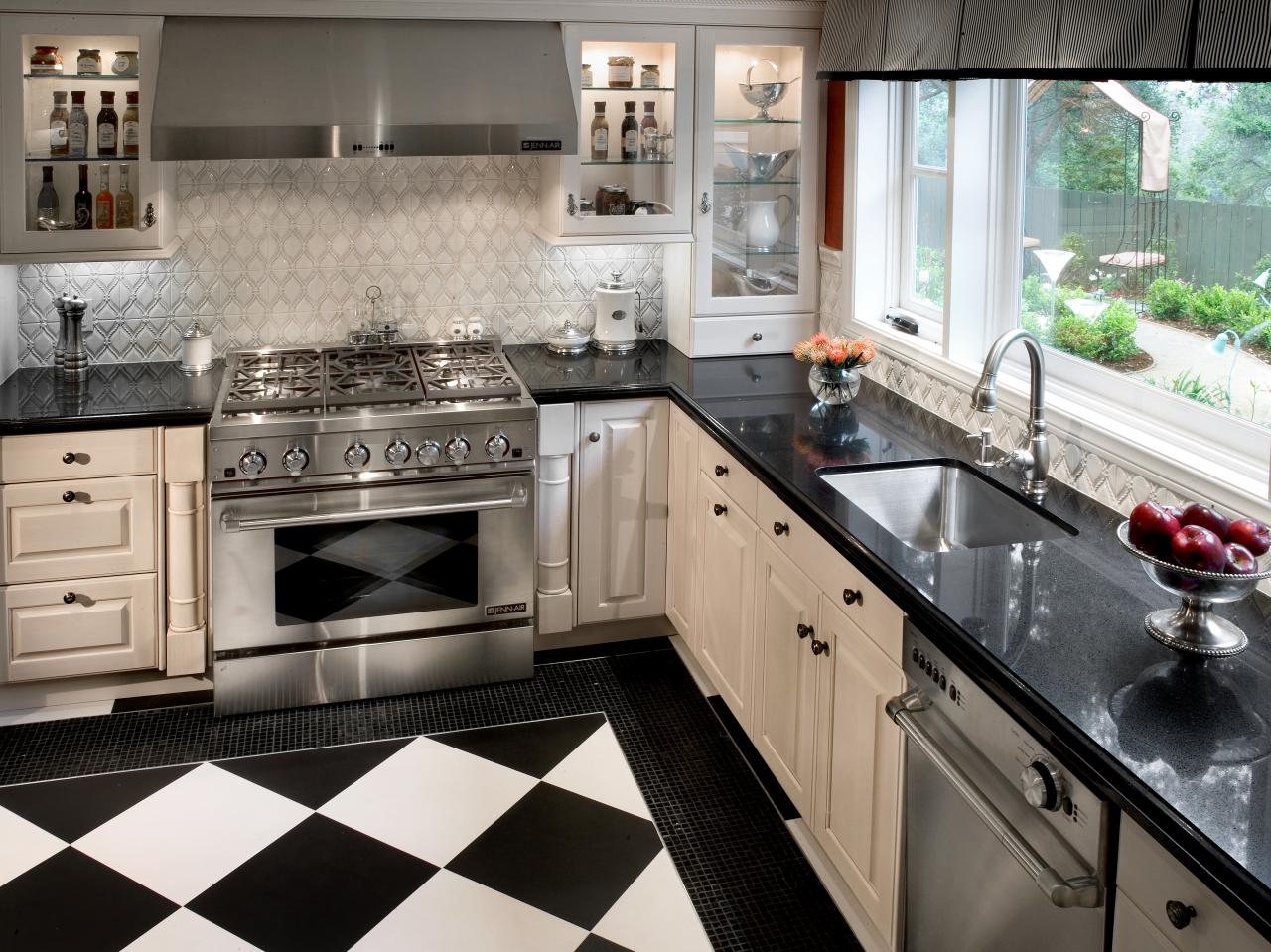
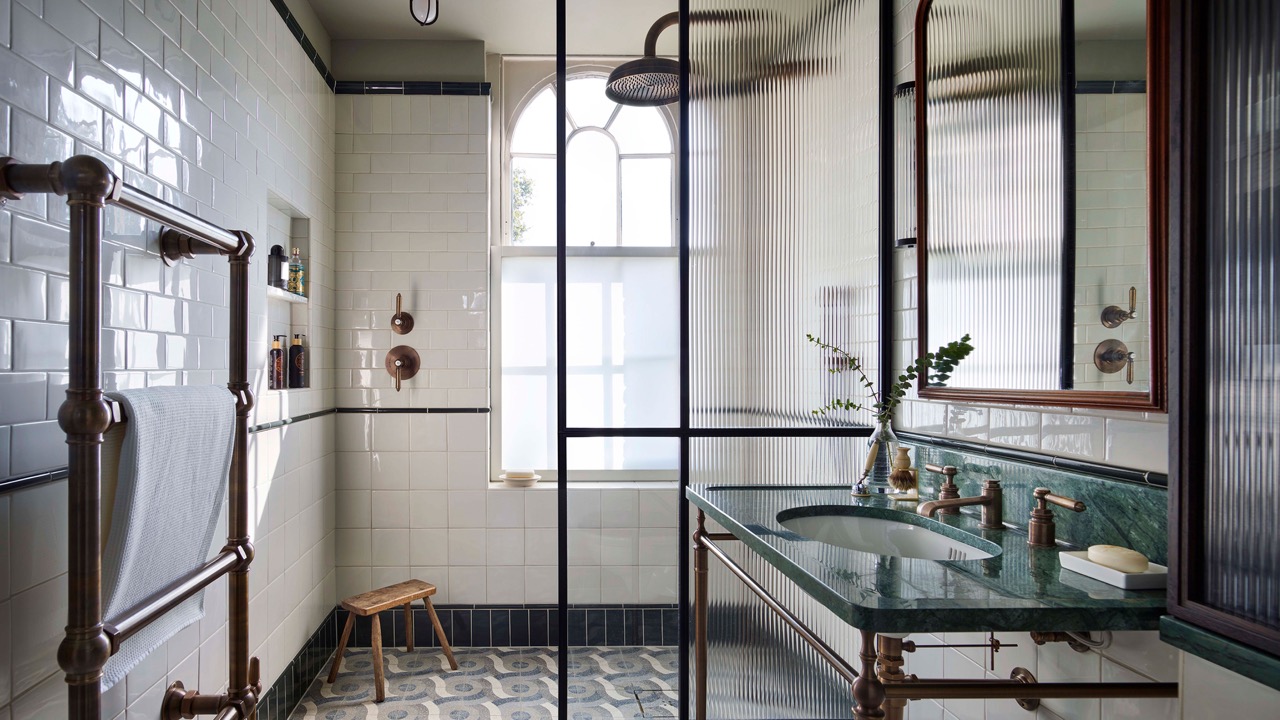
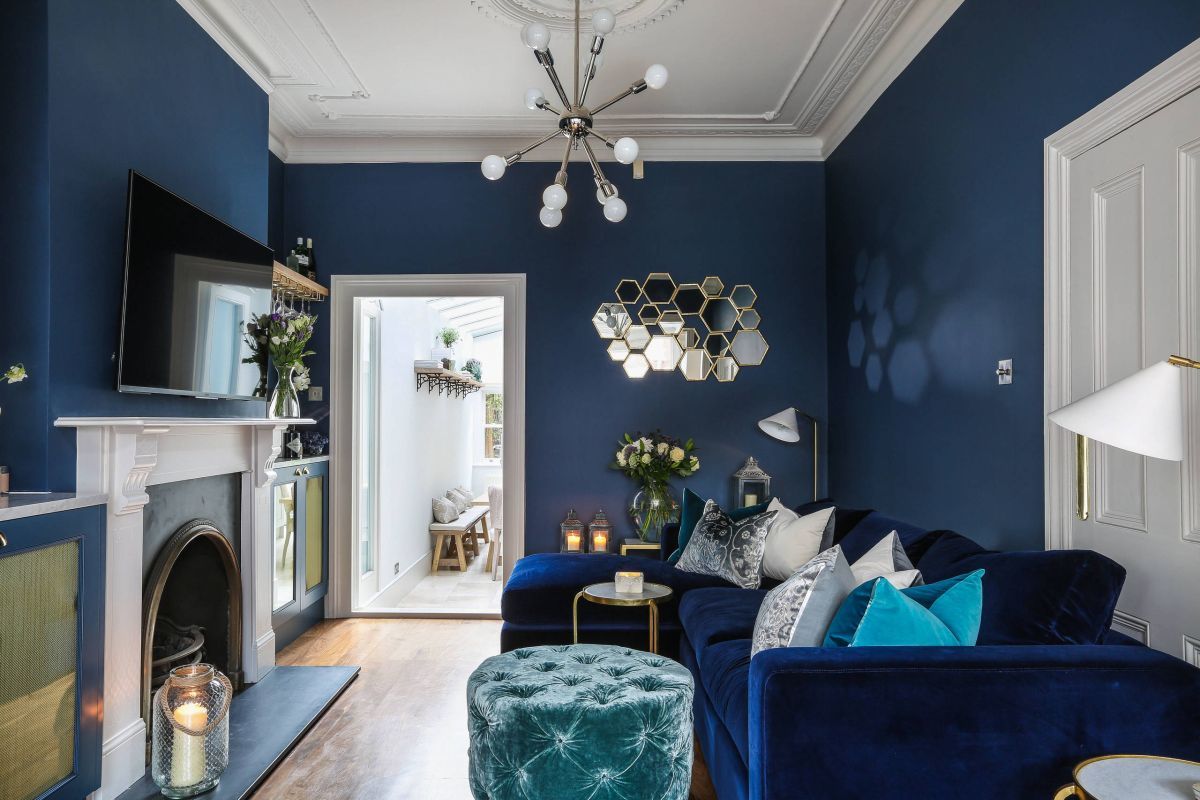
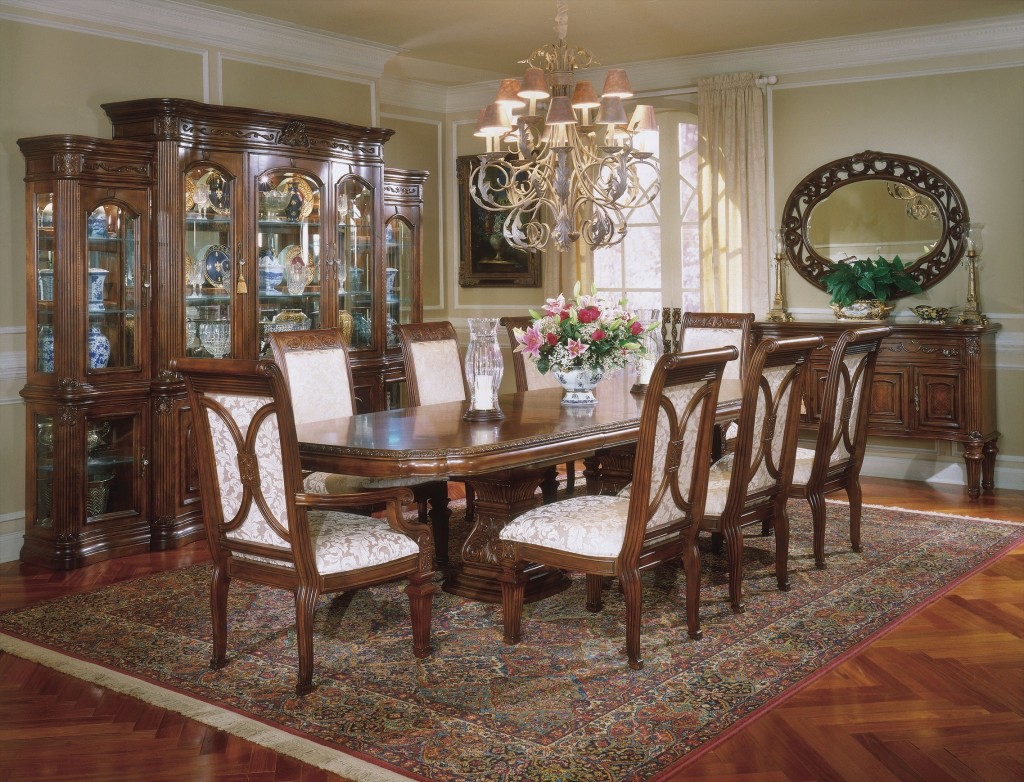
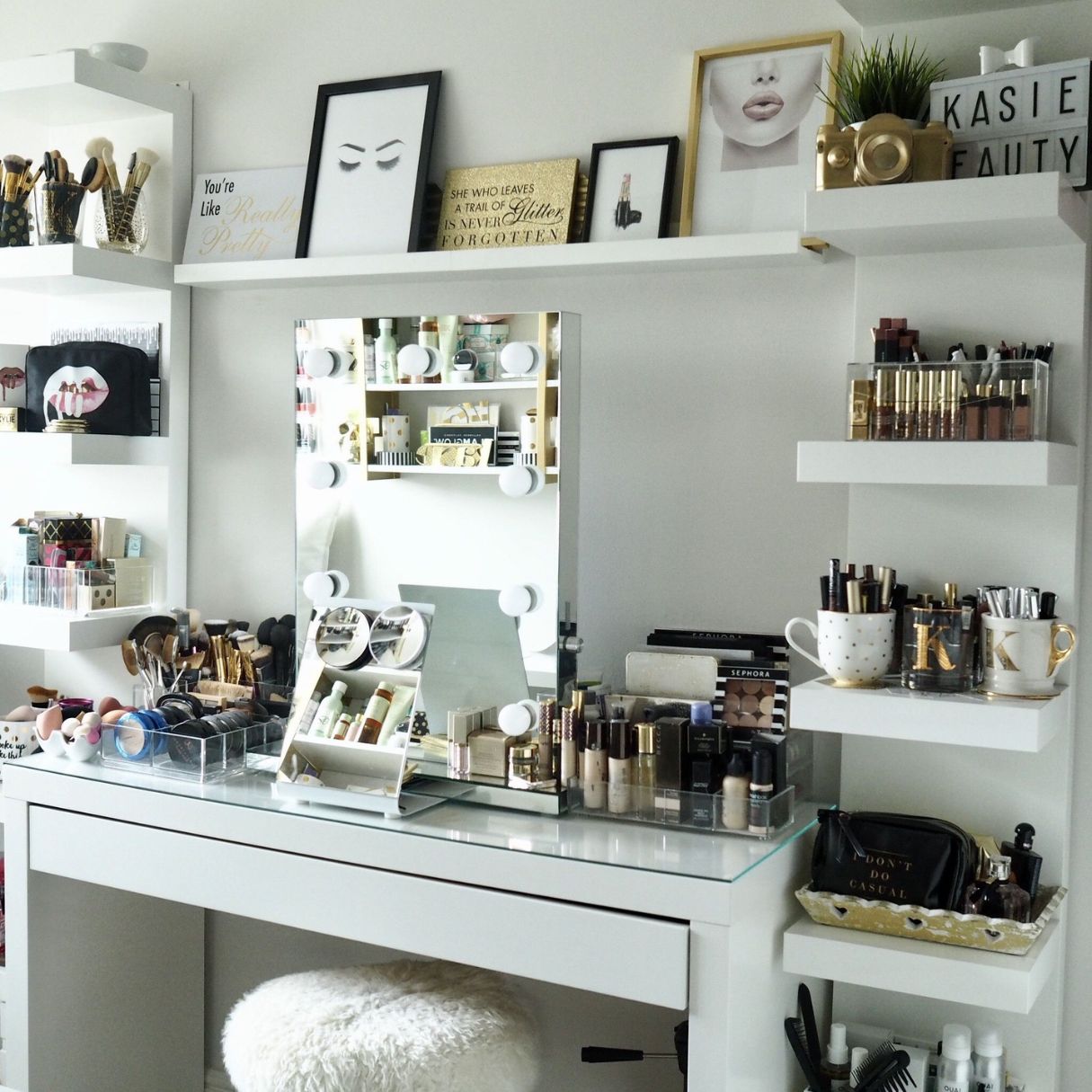

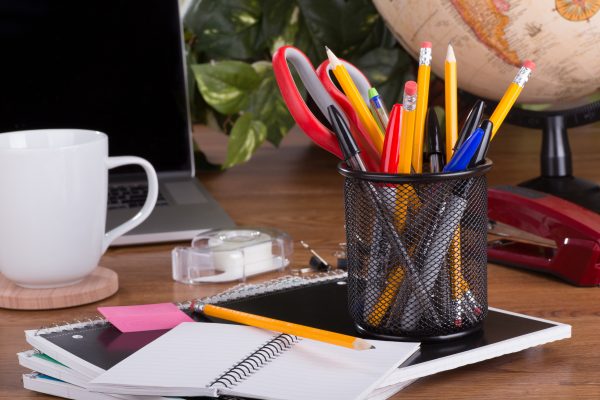
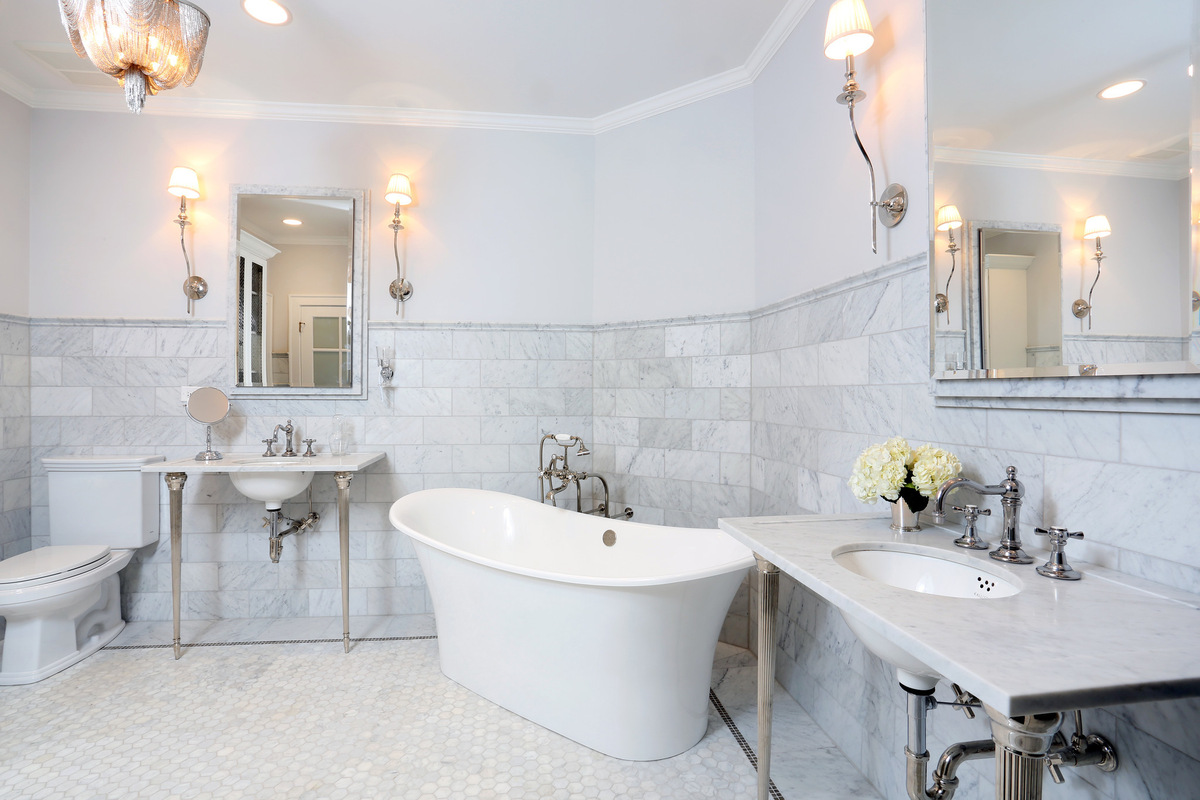

0 thoughts on “Guest Room Office Ideas: 10 Ways To Achieve A Smart Layout”